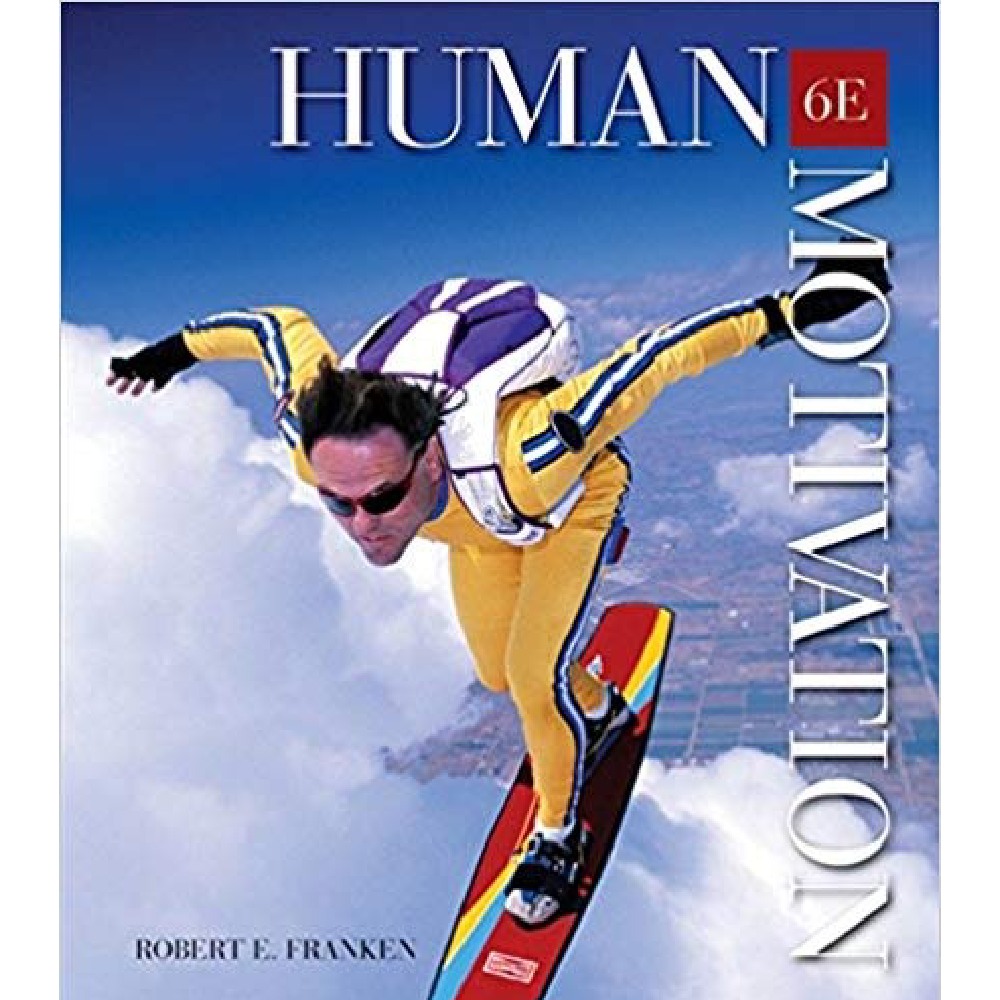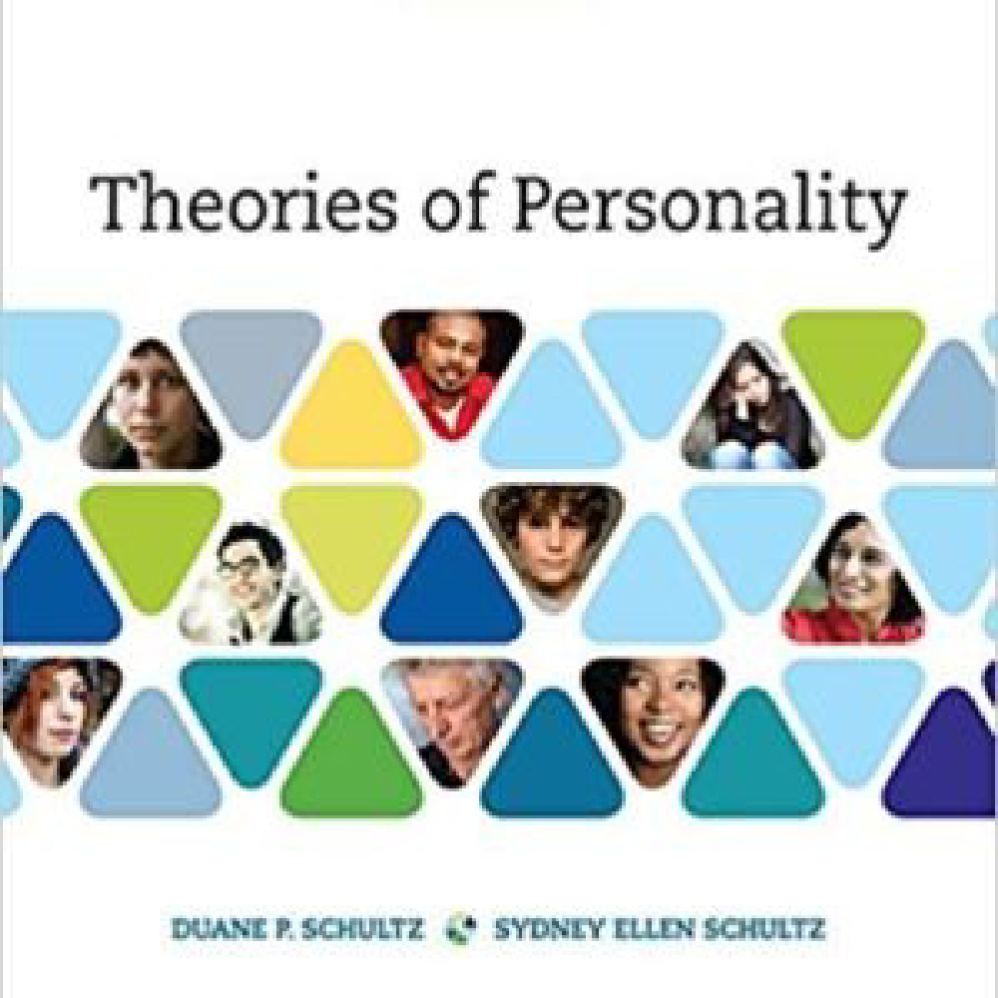Theories Of Personality 11th Edition By Duane P. Schultz – Test Bank
$55.00
Theories Of Personality 11th Edition By Duane P. Schultz – Test Bank
You will receive this product within 24 hours after placing the order
Theories Of Personality 11th Edition By Duane P. Schultz – Test Bank
Chapter 11—George Kelly: Personal Construct Theory
MULTIPLE CHOICE
1. Kelly attempted to describe all aspects of personality, including its emotional components, strictly in terms of _____.
a. cognitive processes c. unconscious desires
b. biological processes d. instinctoid needs
ANS: A
PTS: 1
A-HEAD: The Cognitive Movement in Psychology
REF: 291
FEEDBACK: Contemporary psychoanalysts acknowledge the importance of cognitive processes. The difference between these approaches and George Kelly’s cognitive theory of personality is that Kelly attempted to describe all aspects of personality, including its emotional components, strictly in terms of cognitive processes.
2. George Kelly’s approach to personality is called:
a. psychoanalysis. c. individual psychology.
b. the humanistic approach. d. personal construct theory.
ANS: D
PTS: 1
A-HEAD: The Cognitive Movement in Psychology
REF: 293
FEEDBACK: Kelly’s personal construct theory of personality differs substantially from every other approach. According to this approach, we are capable of interpreting behaviors and events and of using this understanding to guide our behavior and to predict the behavior of other people.
3. In developing his theory, which of the following methods did Kelly rely on?
a. Psychoanalysis
b. Behaviorism
c. Trait theory
d. None of these are correct.
ANS: D
PTS: 1
A-HEAD: The Cognitive Movement in Psychology
REF: 293
FEEDBACK: Kelly’s personal construct theory of personality differs substantially from every other approach. Kelly warned us that we would not find in his system such familiar concepts as the unconscious, the ego, needs, drives, stimuli and responses, and reinforcement—not even motivation and emotion.
4. According to Kelly, the only way to understand the human personality is to understand:
a. one’s childhood experiences and evidences of basic anxiety.
b. unconscious desires and their expression in one’s dreams.
c. how people interpret events and organize their social relationships in a system.
d. behavior as a manifestation of their primitive instincts.
ANS: C
PTS: 1
A-HEAD: The Cognitive Movement in Psychology
REF: 293
FEEDBACK: According to Kelly, our interpretation of events is more important than the events themselves. Therefore, in order to understand personality, we must first understand our patterns, the ways we organize or construct our world.
5. Kelly’s personal construct theory states that personality can be understood by:
a. determining the influence of the unconscious on one’s conscious behavior. c. understanding one’s need for safety and the anxiety caused by the lack of it.
b. the way people organize and interpret their world. d. the passive response to stimuli in our environment.
ANS: B
PTS: 1
A-HEAD: The Cognitive Movement in Psychology
REF: 293-294
FEEDBACK: According to Kelly, each person creates a set of cognitive constructs about the environment. That is, we interpret and organize the events and social relationships of our lives in a system or pattern. On the basis of this pattern, we make predictions about ourselves and about other people and events, and we use these predictions to formulate our responses and guide our actions. Therefore, in order to understand personality, we must first understand our patterns, the ways we organize or construct our world.
6. Kelly’s personality theory derived from:
a. his experience as a clinician.
b. surveys conducted on factory workers.
c. the study of self-actualized individuals.
d. interpretations of the two-factor theory.
ANS: A
PTS: 1
A-HEAD: The Cognitive Movement in Psychology
REF: 294
FEEDBACK: The personality theory Kelly offered derived from his experience as a clinician. For several reasons, he interpreted his clinical experience differently from Freud and other theorists who treated patients.
7. According to Kelly, individuals use personal constructs to:
a. manipulate their subconscious thoughts.
b. release their repressed emotions and experiences.
c. predict and control the events in their lives.
d. assess the behavior of other people.
ANS: C
PTS: 1
A-HEAD: The Cognitive Movement in Psychology
REF: 294
FEEDBACK: Like scientists, all of us construct theories, which Kelly called personal constructs, by which we try to predict and control the events in our lives. He proposed that the way to understand someone’s personality is to examine his or her personal constructs.
8. Which of the following is a difference between Kelly’s cognitive theory and the cognitive movement that began around 1960?
a. Cognitive psychologists studied their subjects in an experimental setting, whereas Kelly developed his theory in a clinical setting.
b. Cognitive psychologists studied their subjects in a clinical setting, whereas Kelly developed his theory in an experimental setting.
c. Kelly’s study primarily dealt with overt behavior, whereas cognitive psychologists primarily studied covert behavior.
d. Kelly believed that learning influences a person’s response to a given stimulus, whereas cognitive psychologists stressed on the conscious constructs by which people arrange their lives.
ANS: A
PTS: 1
A-HEAD: The Cognitive Movement in Psychology
REF: 295
FEEDBACK: Kelly’s approach is that of a clinician dealing with the conscious constructs by which people arrange their lives, whereas cognitive psychologists are interested in both cognitive variables and overt behavior, which they study primarily in an experimental, not a clinical, setting.
9. Which of the following statements is true about Kelly’s life?
a. As a child, Kelly was neglected by his parents. c. Paucity of funds made Kelly change his specialization from physiological psychology to clinical psychology.
b. Kelly had been preparing for a career in psychology from the time he had enrolled in high school. d. Kelly’s work in psychology was majorly influenced by Freud’s psychoanalytic theory.
ANS: C
PTS: 1
A-HEAD: The Cognitive Movement in Psychology
REF: 296
FEEDBACK: Kelly began his academic career at Fort Hays Kansas State College in the midst of the economic depression of the 1930s. There was no money to conduct research in physiological psychology, the specialty in which he had trained, so he switched to clinical psychology for which there was a need.
10. Kelly’s initial clients were:
a. middle-aged women with severe depression.
b. students who were referred by their teachers for counseling.
c. emotionally disturbed soldiers during World War II.
d. maladjusted patients in a psychiatric ward.
ANS: B
PTS: 1
A-HEAD: The Life of Kelly (1905–1967)
REF: 296
FEEDBACK: Kelly’s patients were students who had been referred by their teachers for counseling. The people he treated were not severely disturbed psychotics in mental hospitals or neurotics with troublesome emotional problems.












Reviews
There are no reviews yet.